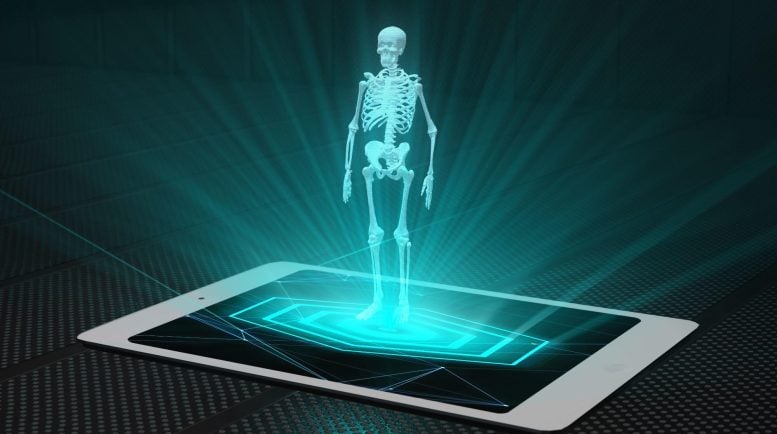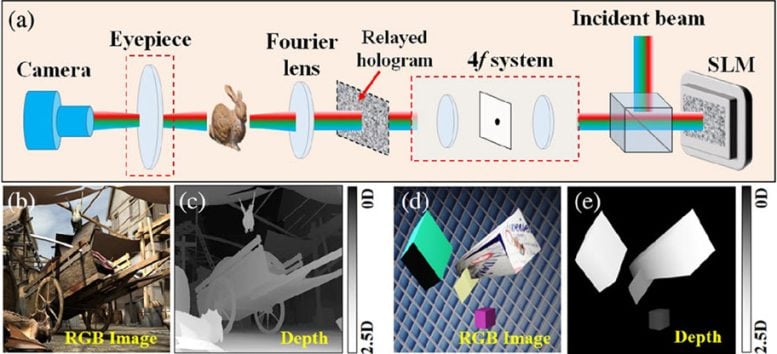
A new method developed by researchers significantly simplifies the creation of computer-generated holograms, allowing for real-time generation of 3D images with accurate depth. This breakthrough could revolutionize holographic display technology across various industries.
A groundbreaking approach utilizes a split Lohmann lens-based diffraction model for the real-time creation of Computer-Generated Holography (CGH), dramatically lowering computational demands while preserving the quality of 3D visualizations.
Holographic displays present an exciting pathway toward producing realistic 3D images that give the illusion of continuous depth, promising transformative impacts in areas like entertainment, medical imaging, and virtual reality. Yet, traditional approaches to creating computer-generated holograms (CGHs) are hampered by the need for repetitive calculations, resulting in high computational demands and making them unsuitable for real-time applications.
To tackle this issue, researchers from the University of Shanghai for Science and Technology (China) have introduced a novel method for CGH generation that significantly reduces computational overhead while maintaining high-quality 3D visualization. As reported in Advanced Photonics
By incorporating a specially designed virtual digital phase modulation into the split Lohmann lens, their method achieves highly accurate reconstruction of 3D scenes with precise depth perception.

Full-color holographic near-eye display employs an eyepiece lens to magnify 3D images, which are then recorded by adjusting the focus of the camera lens. A fast hologram is then generated using a Split-Lohmann lens-based diffraction algorithm. Credit: Chang et al., doi 10.1117/1.APN.3.3.036001
Revolutionizing Holographic Display Creation
The significance of this research lies in its potential to revolutionize the creation of holographic displays by offering a practical solution for real-time CGH generation. Unlike traditional methods that suffer from computational bottlenecks, the proposed approach ensures consistent computation speed regardless of the depth sampling density, thereby enabling seamless integration into various applications requiring immersive 3D visualization.
To validate the effectiveness of their method, the researchers conducted both simulations and experiments, demonstrating its ability to generate realistic 3D holographic displays with accurate depth perception.
Overall, the study presents a promising advancement in the field of computer-generated holography, offering a practical solution for creating immersive 3D visualizations without the computational limitations of traditional methods. It helps pave the way for the widespread adoption of holographic displays in diverse industries and applications.
Reference: “Split Lohmann computer holography: fast generation of 3D hologram in single-step diffraction calculation” by Chenliang Chang, Xian Ding, Di Wang, Zhizhou Ren, Bo Dai, Qi Wang, Songlin Zhuang and Dawei Zhang, 28 March 2024, Advanced Photonics Nexus.
DOI: 10.1117/1.APN.3.3.036001
